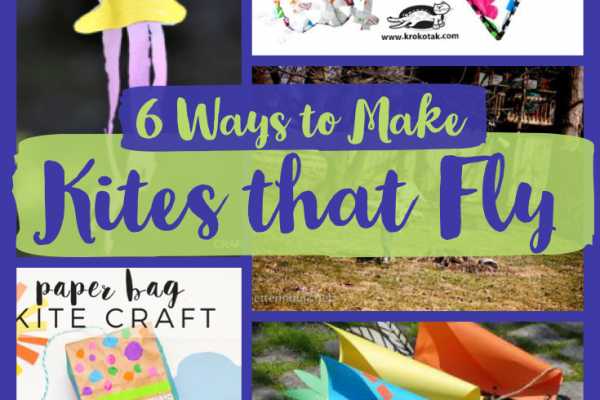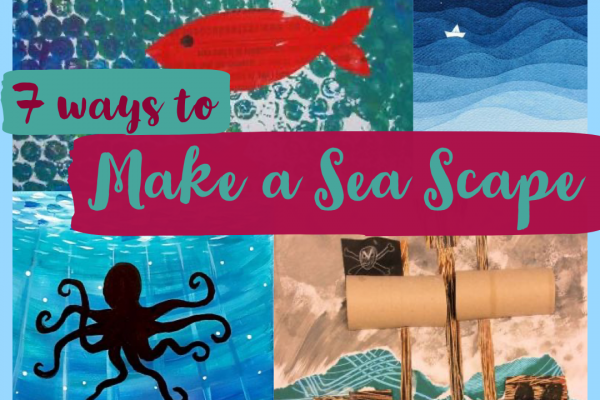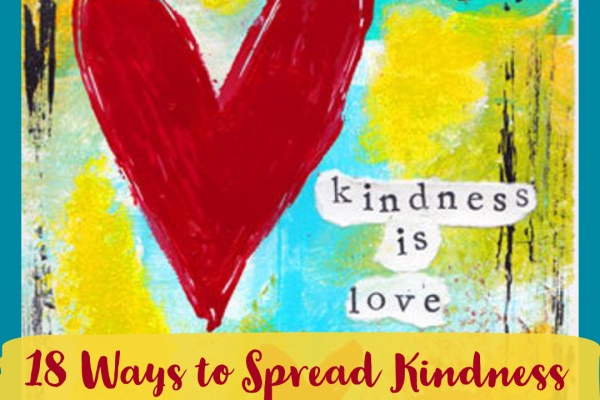
It is the summer solstice in a week, the time when the earth is at its maximum tilt towards the sun, making it the longest day and shortest night in the northern hemisphere. It is the time that we have the most sun! So, we are learning all about the sun this week, and doing lots of fun activities relating to light and the sun.
The first one we tried was making solar prints, or Cyantope. This is so simple, fascinating and fun, and is perfect for all ages, including adults. It brings science, nature and art together in an accessible creative activity full of learning opportunities and exploration!

You will need:
⁃ Solar paper – try this or this (these are affiliate links)
⁃ Sunlight
⁃ Water
⁃ Something to print with, such as leaves, flowers, sticks, toys – anything with an interesting shape
Note: you can buy the chemicals to prepare the paper yourself, but we had plenty of fun with the pre-prepared stuff!

The Process
To make the prints you simple lay items over the paper and expose the paper to the sun until the paper goes from blue to white. Then you remove the items, rinse the paper in water and leave them to dry. You will see that the paper then goes from white to blue again, but this time your prints will show up! Super simple, so much fun!

These photos show the process of removing the items after exposing the paper to the sun. You can see there are blue prints on white paper to begin with.


Try experimenting with different objects, and different arrangements; make patterns, go completely random/abstract, or use one large object and fill the page.
We used natural things like flowers, grasses, leaves and sticks and we found that objects with lots of detail such a dandelion flower or grass seed head were the most effective. Here are some of the Cyantope we made. What do you think?
The Outcome


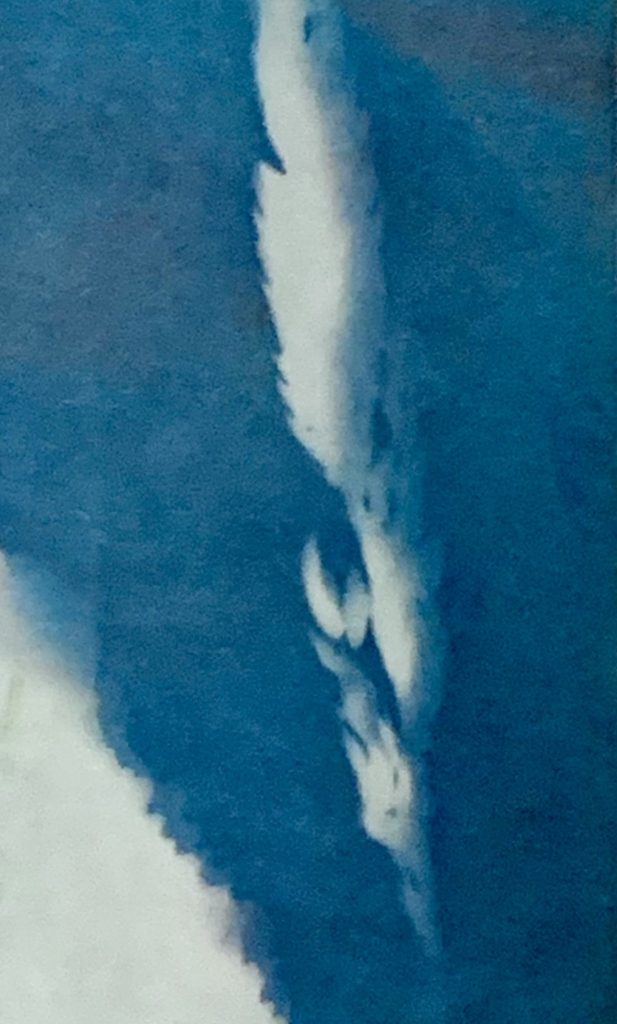

If you want to learn more about the science involved in cyantopes head over to Wikipedia here. It’s really interesting and older kids will love to hear about the chemical reactions involved!
We are participating in Journal Jam with Amy Bowers at the moment, and incidentally, one of the creative prompts was to experiment with these solar prints. Amy shared some of the cyanotypes she had made and they were gorgeous – here they are! 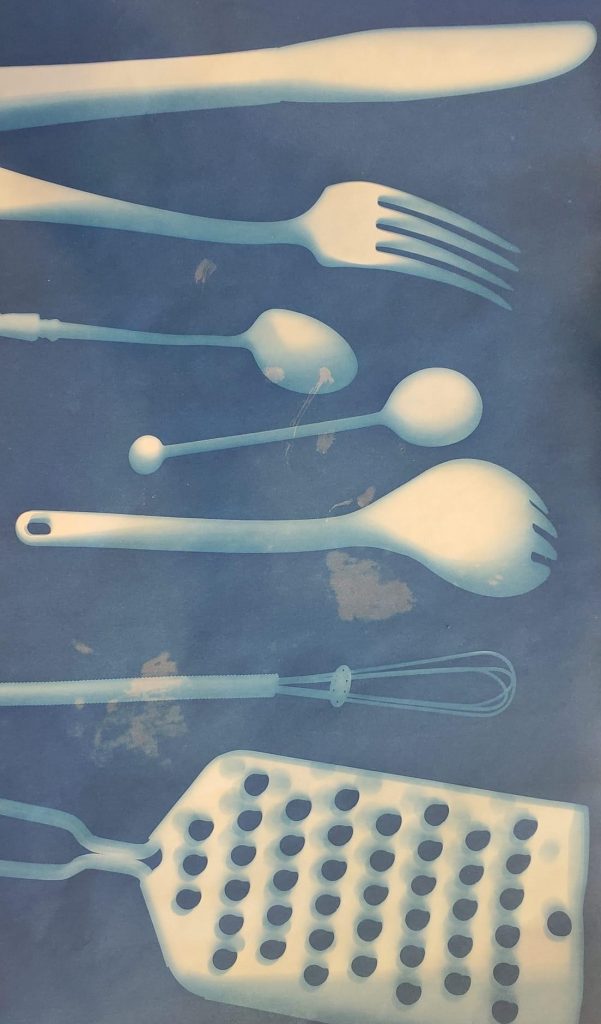
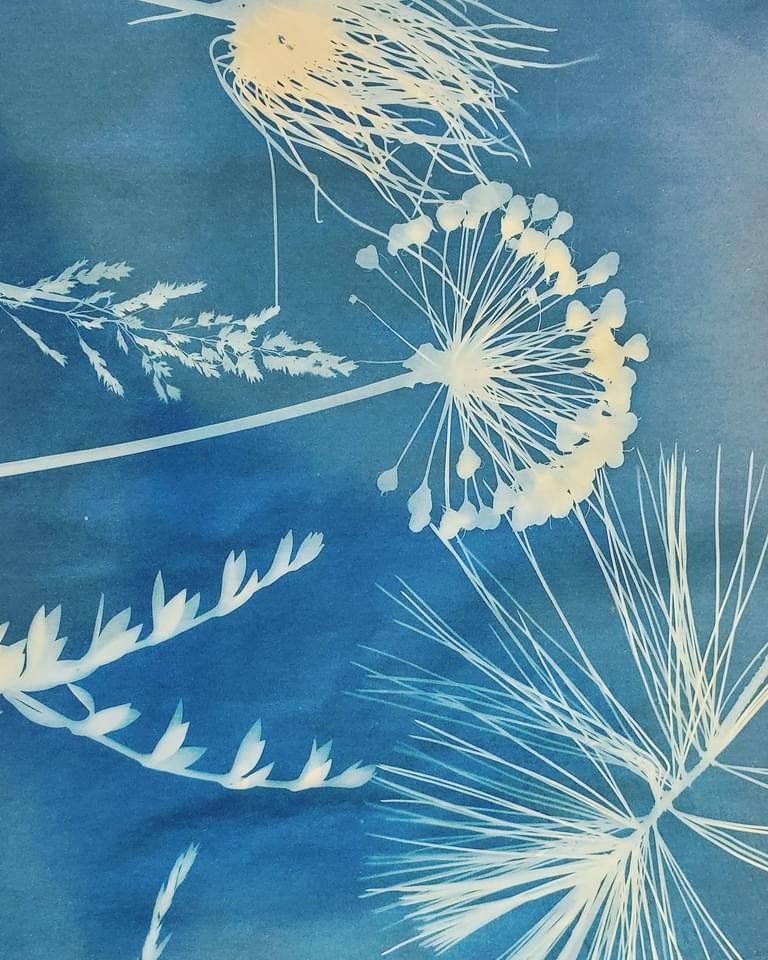
Aren’t they spectacular? I love the idea of printing kitchen utensils, you could have so much fun with this idea! And the nature print is so beautiful; all the details are fantastic.
Book Recommendation: The Bluest of Blues

I also encourage you to buy this book, or check it out from the library. It’s a beautifully illustrated book that is a must-have for any nature lovers, but it also explores Anna Atkin’s work and life. Anna Atkins is often considered the first female photographer, and she was also a botanist who made books of Cyantope to document nature.
The book explains the scientific process of Cyantope, how it was discovered and lots more about early photography, and nature collecting!
Cyanotype Activities
Nature Collection – Try making your own Cyanotype nature collection – make solar prints of all the flowers in your garden, or the different leaves on trees you can find in the park, try shells and seaweeds from the beach, or find a meadow where the grasses have grown long and make prints of the different seed heads. Label them, perhaps make a note about where and when you found them, like Anna Atkins.

Explore Pop Art – Use this printing process as a starting point to explore Pop artists like Andy Warhol. He may be well known for his commercial screen prints of Marilyn Monroe and Campbells soup tins, but he also produced many nature based prints and paintings, like his flower series.
To make pop art from cyanotypes, make a few prints, then stick them together, or photocopy them to reproduce them, then use paint or oil pastels to change the colours of the cyanotype using vibrant and bright colours.
Older children and adults could experiment with photoshop or other digital editing software to do this too.

Prints to Poems – Use your cyanotypes as inspirations for poems. Stick your print in your sketchbook or journal and then write a short poem inspired by the colours, shapes, patterns or the feelings and ideas you get from it. Haikus would be great, as they are short poems, that are often about nature. You can read my post about them here.
Abstract Cut Outs – Experiment with abstract cyanotypes, using lots of lines, shapes and textures, then cut the prints out into shapes like butterflies, flowers, hearts, stars… enjoy the patterns you have made within the cut out shapes. String them up and make them into a mobile or wall hanging. I got this idea from this picture from an Etsy shop (link no longer works)
Replicate a cyanotype – Explore different materials and see if you can replicate the look of a cyanotype. Some ideas to try:
– carbon paper
– acrylic paint or spray paints
– blue and white wax crayons
– wax crayons and watercolours
– collaged paper
– digital art using photographs and editing software
– printed photos collaged or painted on
– tissue paper
Let me know in the comments or on our Facebook group if you try any of these ideas out; I would love to see what you come up with. That’s all for now, happy printing!

